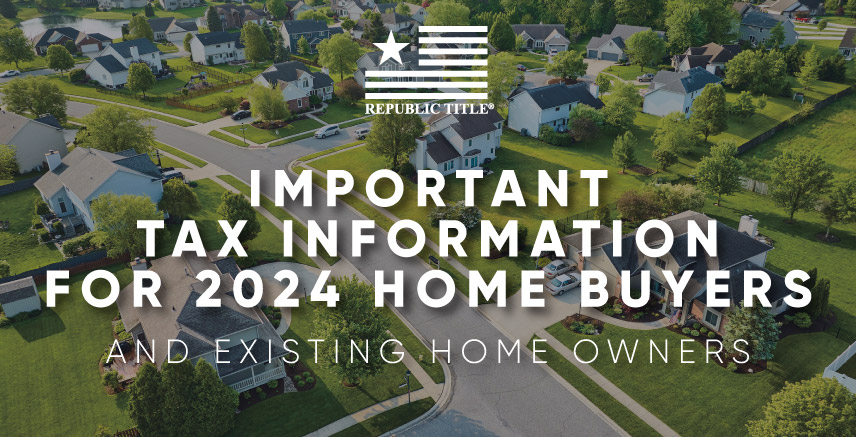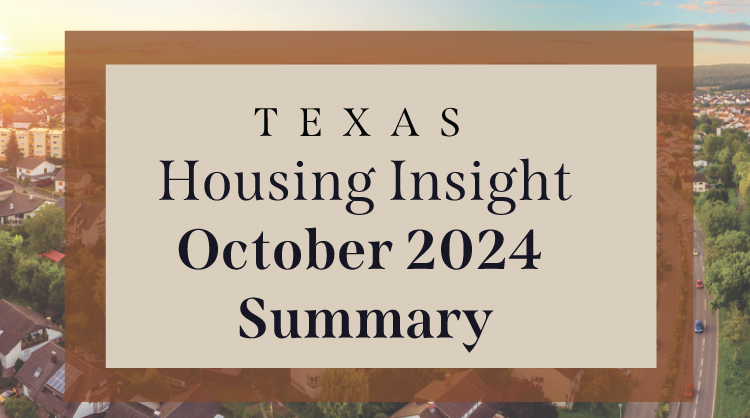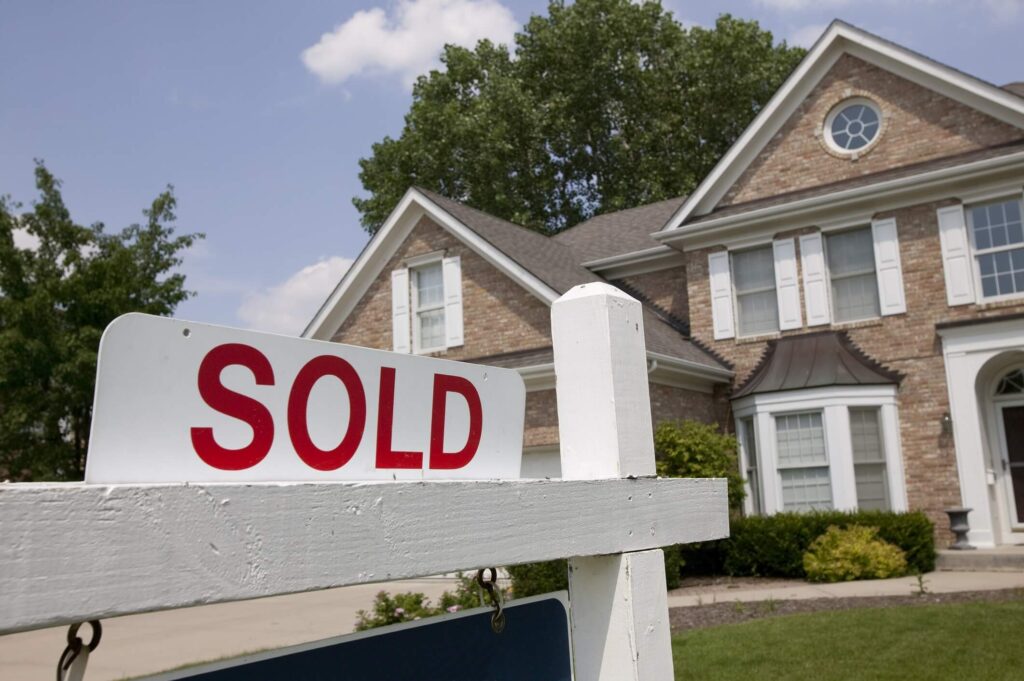
Romantic Restaurants in DFW
Love is in the air… and on the menu! We asked our Republic Title offices to share their favorite romantic restaurants in their area just

Love is in the air… and on the menu! We asked our Republic Title offices to share their favorite romantic restaurants in their area just

It’s that time of year again; time for 2024 buyers to apply for their Homestead and other exemptions! Please click the links below (available in

https://youtu.be/GSd90jrqulQ?si=s8CTin6KtPAlFxiT Our fourth annual stats report of the DFW real estate market is here! We’ve taken our monthly stats-at-a-glance reports from January through December of

https://youtu.be/SR0ThYpKv_I As we close the chapter on 2024, North Texas has proven once again why it’s a shining star in the real estate world. With

BUYING A HOME IS AN EXCITING AND EMOTIONAL TIME FOR MANY PEOPLE. TO HELP YOU BUY YOUR HOME WITH MORE CONFIDENCE, MAKE SURE YOU GET

All measurements are calculated using seasonally adjusted data, and percentage changes are calculated month-over-month, unless stated otherwise. Home sales typically cool off by October, but

Are you interested in upping your social media game in 2025 but not sure where to start with planning your content? If so, check our

As we welcome 2025, the North Texas real estate market is shaping up to be one of the best in the country. Ranked No. 1

https://youtu.be/EKiDvAmgbpc?si=R-oEPGNb4emxSgnP The Dallas-Fort Worth (DFW) residential real estate market showed notable year-over-year growth across key counties. Collin County experienced a significant increase in new listings
© COPYRIGHT 2021 REPUBLIC TITLE
CORPORATE OFFICE – 3033 W. PRESIDENT GEORGE BUSH HIGHWAY, SUITE 300 – PLANO, TEXAS 75075
(972) 578-8611